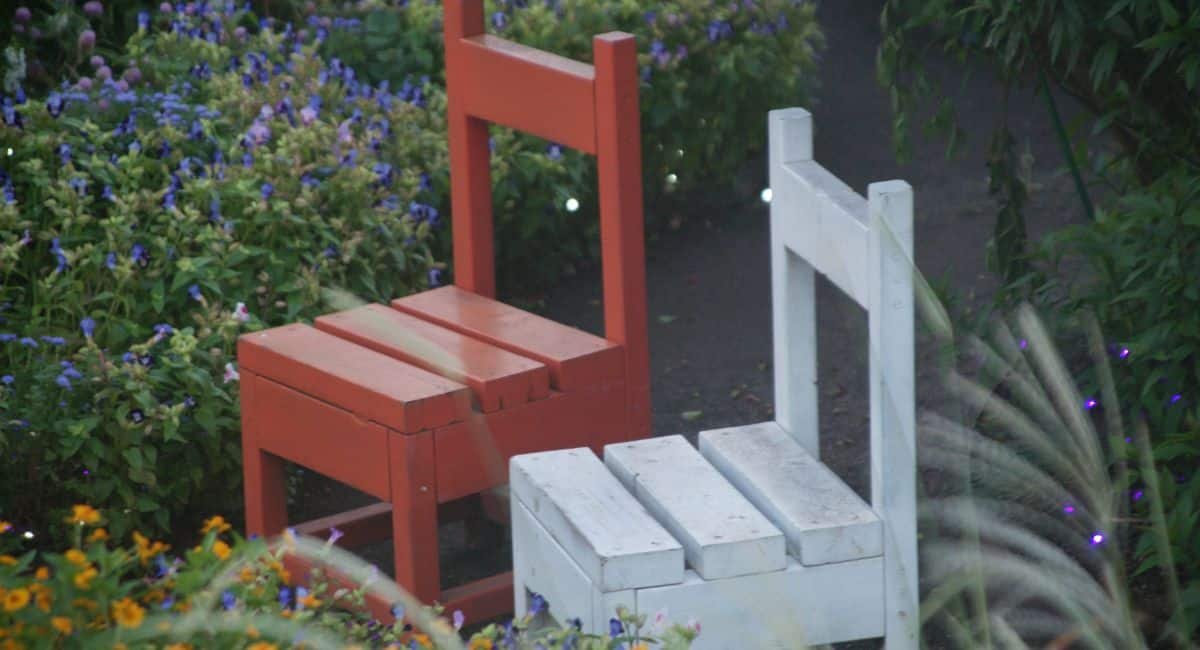[ad_1]
When I started at St. John’s in Olney, Maryland, the church’s biggest challenge was children’s ministry. In its recent past, the congregation had a boisterous 1990s version of children and family ministries. It was well populated and fit all the standard norms of the time: classes divided by age, formation on top of worship, and crafts and entertainment as a prime highlight of the programming. When the church experienced a combination of a rector conflict, subsequent interims, and the changing of the times, however, it did not rebuild its children’s ministries. Instead the church clung to a small one-room schoolhouse Sunday School program, attempting to nurture the handful of families with young children who attended, and became accustomed to quiet worship services with few children.
Moving from Irritation to Grace
A couple of kids in the parish didn’t fit some members’ expectations for behavior. As a result, a set of angry older parishioners regularly lectured the rector and threatened to withhold pledges until he got the children under control. We realized that the church had to bridge the generation gap. We needed to invest our older generations in welcoming the younger generations and in creating relationships that could transform irritation about noise into grace and joy at one another’s presence in worship.
The rector and I hatched the idea of Prayer Partners, partnering elementary and younger children with members 50 years old and above. We were specifically attempting to jump the chasm between these children and our generation of empty nesters who were supportive of children but were more familiar of a program that put kids elsewhere during worship.
Implementing Prayer Partners
The Invitation
We put an invitation to become a prayer partner in the bulletin and email newsletter. We also extended direct individual invitations, which were far more effective. The ask was a pretty simple one: Pray for your partner, check in with your partner regularly (to know what to pray for), and try to come to four prayer partner event offerings a year.
Thoughtful Pairings
We had a list of the active children in the parish, and I tried to pair interests where ever I could: a quiet kid who loved reading with a particularly intellectually driven adult or a kid who was always up trees with a nature-invested parishioner.
Introductions
I sent an email to the adult prayer partner and the kid/their parent, introducing them to one another and inviting them to our first event. I created a template and individualized each email by copying and pasting names into the appropriate places. That way both parents and prayer partners received email contact info for their partner, but the whole of the list didn’t get everyone’s information. The first email also included information about our first Prayer Partner event, a spaghetti dinner on a Sunday afternoon.
The First Event: Spaghetti Dinner
During the spaghetti dinner, the partners sat together and used a worksheet to get to know each other. The worksheet guided a conversation about the partner’s likes and dislikes. It served as a template to help them start praying for one another. After everyone got to know each other and ate, I led the group in an exploration of ways to pray for another person and how to connect at church on Sundays. I also gave everyone the remaining three dates for Prayer Partner events.
The Impact: Growing Relationships
Prayer Partners has now been running for six years. All events happen at the church, and parents are warmly invited and included. Nothing that is facilitated by the church encourages any excuse for secrecy or privacy, which helps us promote sexual abuse prevention practices. The four events at the church happen quarterly and are influenced by the church year. They always include food and a prayer tool. Some popular prayer tools have been prayer beads, walking a labyrinth, prayer dice, and Advent wreaths.
While the church facilitates four onsite events, prayer partners have made it their own! They check in and celebrate birthdays. Partners arrange outings with the parents, and they sit together in church. We initiated the connection, and the relationships have grown organically.
Our parish has chosen to keep the same prayer partners year after year. This has the benefit of building long-term relationships. One down side that we have noticed is that when our prayer partners are not invested, transitioning the child to a prayer partner that is more engaged can be awkward. However, for our context, the long-term relationships have been more beneficial than unfruitful.
From this early program, our intergenerational formation has grown exponentially. We have developed an evening intergenerational Vacation Bible School, which the community perceives as a parish-wide event. Our Sunday School has shifted to “Holy Households,” a formation time where kids, tweens, teens, and adults of all ages learn together. The Prayer Partners program is now starting to branch off and be facilitated by a few parishioners rather than clergy. Concerns about noise during church have mostly ceased. Our number of young families is our fastest growing subset of the congregation. Prayer Partners has truly accomplished our goal of bridging the generation gap and fostering relationships that delight in one another’s shared presence in worship.
Featured image is by Dawn Kim on Unsplash
[ad_2]
Source link







You must be logged in to post a comment.